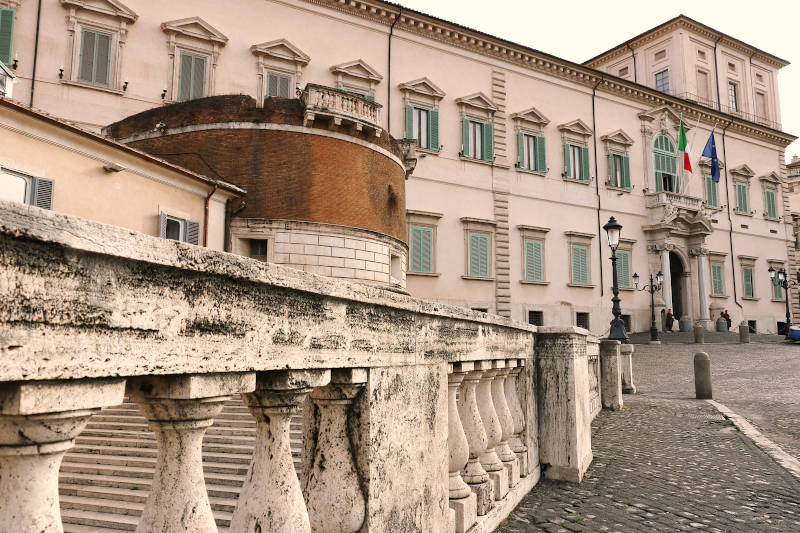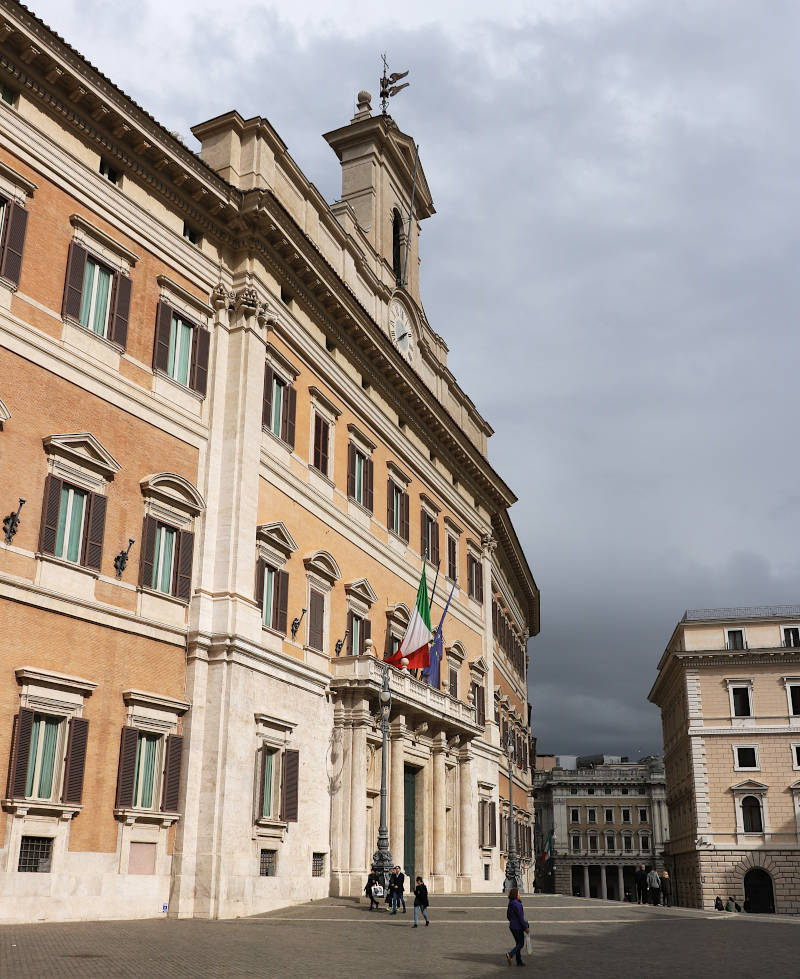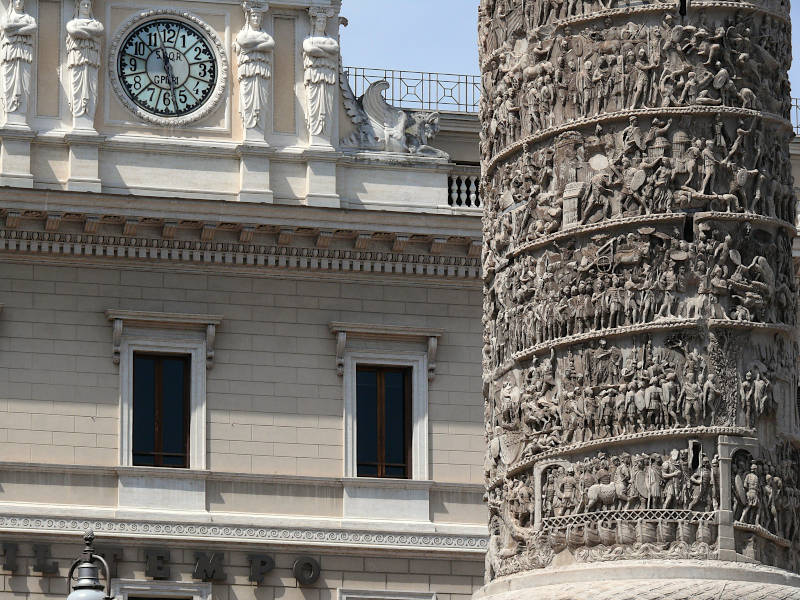Rome: palaces of the crisis.
Let’s discover the architecture of the buildings in Rome where work is being done to resolve the government crisis of 2021. The web portal, MyVideoimage.com, holds images of Rome and institutional buildings.
Let’s discover the architecture of the palaces of Rome, the Quirinal Palace, the Chigi Palace, the Montecitorio Palace. In times of government crises, Italians, even those less attentive to history and architecture, master the names of the most prestigious Roman palaces.
In 1871, when the capital of Italy was transferred from Florence to Rome, many of the buildings used by the Papal State were converted for the institutional activities of the Italian State.
The origins of the Quirinal Palace date back to the pre-existing Villa d’Este al Quirinale, owned by Cardinal Ippolito II d’Este and to subsequent extensions including the one carried out in the mid-17th century with the construction of the “Manica Lunga” on a project by Gian Lorenzo Bernini.
The palace was used as a papal residence, then transformed after the conquest of Rome by Napoleon into his residence, but never actually used and once again the papal residence before being converted into the home of the King of Italy in 1871.
Today the Quirinale is one of the most famous palaces in Rome as it is the residence of the President of the Republic, who is committed to consulting the representatives of government parties, for the purpose of resolving the current crisis.
The history of the Palazzo di Montecitorio began in 1653, when Pope Innocent X entrusted Gian Lorenzo Bernini with the construction of a residential palace for the Ludovisi family. After the death of Niccolò Ludovisi, in 1664 the works were suspended. Twenty years later, the new Pope Innocent XII entrusted the completion of the building begun by Bernini to the architect Carlo Fontana to house the new seat of the Papal Curia.
With the transfer of the capital to Rome, the building was chosen as the seat for the Chamber of Deputies.
The current conformation of the building is due to the Sicilian architect Ernesto Basile.
To house the parliamentary hall, the “ocean liner” and other functions, Basile demolished most of the building, leaving only the main convex facade surmounted by the bell gable.
The construction of Palazzo Chigi, now the seat of the Italian government, began in 1562 on a project by Giacomo della Porta, commissioned by Alessandro Chigi. The architect Carlo Maderno was given the task of continuing its construction. In 1630 the architect Felice della Greca was commissioned to complete the construction of the palace.
From its origins, until the end of the 18th century, the palace was the home of families close to the pope. From 1700 to 1900 it first housed the embassy of Austria and Hungary and then the embassy of Austria.
In 1916 it was used by the Italian kingdom as the Ministry of Colonies and in 1922 as the Ministry of Foreign Affairs.
In 1961, after the transfer of the Ministry of Foreign Affairs to the Farnesina, the building was used as the seat of the Italian government.
The images of the main buildings in Rome are kept on the web portal MyVideoimage.com, created to spread the photos and videos of Italian cities and landscapes around the world.



